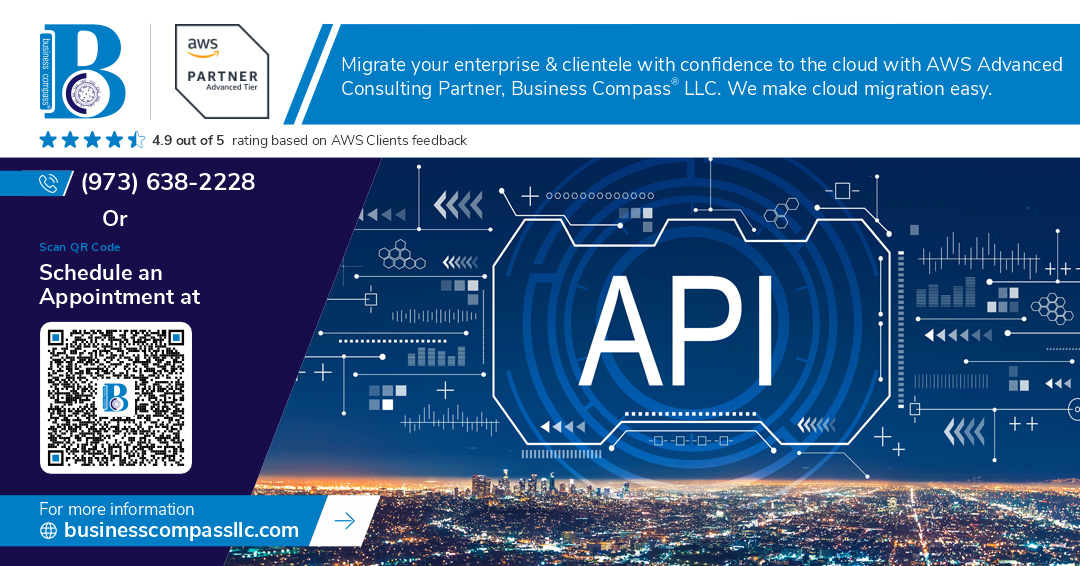Ever stared at API Gateway integration code wondering if there’s a better way to massage that request before it hits your backend? If you’re nodding, you’re not alone.
Most developers just accept the default request/response formats, creating unnecessary transformation logic in their Lambda functions. What a waste of compute resources.
Velocity Template Language (VTL) for API Gateway customization is the secret weapon you haven’t been using. This powerful templating language lets you transform requests and responses directly in API Gateway, keeping your Lambda functions cleaner and more focused.
But here’s the thing – VTL has a reputation for being cryptic and hard to master. Is it really worth the learning curve? By the time you finish reading this post, you’ll wonder how you ever built APIs without it.
Understanding VTL Basics for API Gateway
Understanding VTL Basics for API Gateway
A. What is Velocity Template Language and why it matters
VTL is Amazon’s secret weapon for transforming API requests and responses in API Gateway. It’s like a translator that sits between your client and backend, reshaping JSON and XML on the fly. Without it, you’d need extra code layers or Lambda functions for every little data transformation.
Setting Up Your API Gateway for VTL Transformations
Setting Up Your API Gateway for VTL Transformations
A. Configuring mapping templates in the console
In API Gateway’s console, you’ll find mapping templates under the Integration Request and Integration Response sections. Just click on your resource, method, and look for the “Mapping Templates” tab. Here you can select content types (usually application/json) and write your VTL code that’ll transform your requests and responses on the fly.
Request Transformation Techniques
Request Transformation Techniques
A. Reshaping JSON payloads with VTL
Ever tried squeezing a square peg into a round hole? That’s what integrating APIs without transformation feels like. VTL lets you reshape JSON payloads on the fly, mapping client-friendly formats to whatever your backend expects. No more awkward data structures or compatibility nightmares.
Response Customization Best Practices
Response Customization Best Practices
A. Formatting response bodies for consistent API outputs
Ever tried to parse inconsistent API responses? Pure nightmare fuel. Standardize your JSON structures with VTL to include status codes, messages, and payloads. #set($response = {}) followed by $response.put("data", $input.json('$.body')) creates beautiful, predictable responses clients will thank you for.
B. Managing error responses elegantly
Don’t let your API throw cryptic errors! Map them properly:
#set($errorMessage = {
"message": "Invalid input parameters",
"errorType": "ValidationException",
"stackTrace": $input.json('$.errorMessage')
})
$util.error($errorMessage)
This transforms scary technical errors into user-friendly messages your front-end devs won’t curse you for.
C. Implementing custom HTTP headers
Headers aren’t just decoration—they’re crucial communication channels:
#set($context.responseOverride.header.X-Custom-Header = "ValueHere")
#set($context.responseOverride.header.Cache-Control = "max-age=3600")
Perfect for version tracking, rate limiting info, or cache control directives.
D. Response pagination handling
Pagination shouldn’t be an afterthought. Use VTL to seamlessly add navigation links:
#set($response.pagination = {})
#set($response.pagination.nextToken = $input.path('$.nextToken'))
#set($response.pagination.count = $input.path('$.count'))
Include these in your response body or headers—either way, your API consumers will appreciate the thoughtful navigation.
Advanced VTL Patterns for Complex Transformations
Advanced VTL Patterns for Complex Transformations
A. Looping through arrays and collections
VTL’s #foreach loop is your best friend when handling arrays. Want to transform every item in a customer list? Just do:
#foreach($item in $input.path('$.items'))
"name": "$util.escapeJavaScript($item.name)"}
#end
Nothing beats the satisfaction of watching your loop elegantly process complex data structures while your colleagues struggle with clunky code.
Security Considerations with VTL
Security Considerations with VTL
A. Filtering sensitive data from responses
VTL gives you powerful tools to strip out sensitive data before it reaches your users. You can remove credit card numbers, personal info, or internal system details with simple #set directives. Just map the response and delete what shouldn’t leave your API. This keeps your data secure while still delivering what users need.
B. Input sanitization techniques
Never trust user input. Period. Use VTL’s $util.escapeJavaScript() to neutralize malicious code. Regular expressions can validate patterns like emails or phone numbers. Always check length limits and character sets. Your templates should reject anything suspicious before it hits your backend. Data validation is your first defense line.
C. Handling authentication information securely
Authentication tokens deserve special care. Don’t expose them in logs or cache them carelessly. Use $context.authorizer to access credentials without revealing them in your mapping templates. Store sensitive values in environment variables, not hardcoded in VTL. And remember – never send auth tokens back in responses unless absolutely necessary.
Debugging and Troubleshooting VTL Templates
Common VTL syntax errors and how to fix them
VTL bugs will drive you nuts if you don’t spot them quickly. Missing dollar signs before variables, unmatched curly braces, and forgotten quotes are the usual suspects. The parser throws cryptic errors, so keep it simple – break complex expressions into smaller variables and validate JSON structures before mapping.
Mastering Velocity Template Language (VTL) opens up powerful possibilities for customizing how your API Gateway handles requests and responses. From basic transformations to complex mappings, VTL equips developers with the tools needed to shape API interactions precisely to their requirements. The techniques covered—from request validation to response formatting—provide a comprehensive framework for building more intelligent and flexible API implementations.
Remember that while VTL offers tremendous flexibility, proper testing and security awareness remain essential. Take time to validate your templates thoroughly, implement proper error handling, and follow security best practices to prevent injection vulnerabilities. By approaching VTL with both creativity and caution, you can enhance your API Gateway implementations while maintaining robust, secure systems that deliver exactly what your clients need.



















